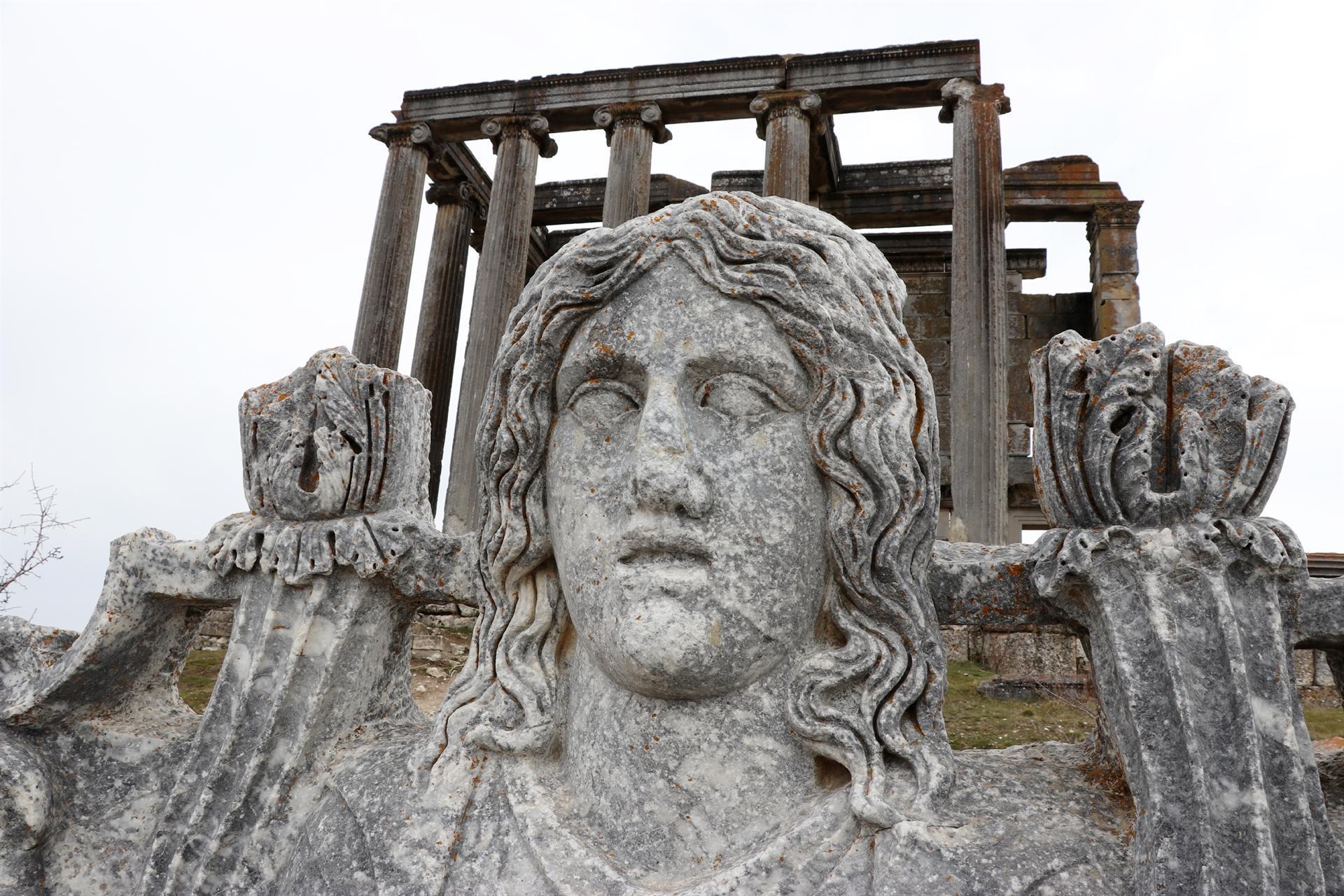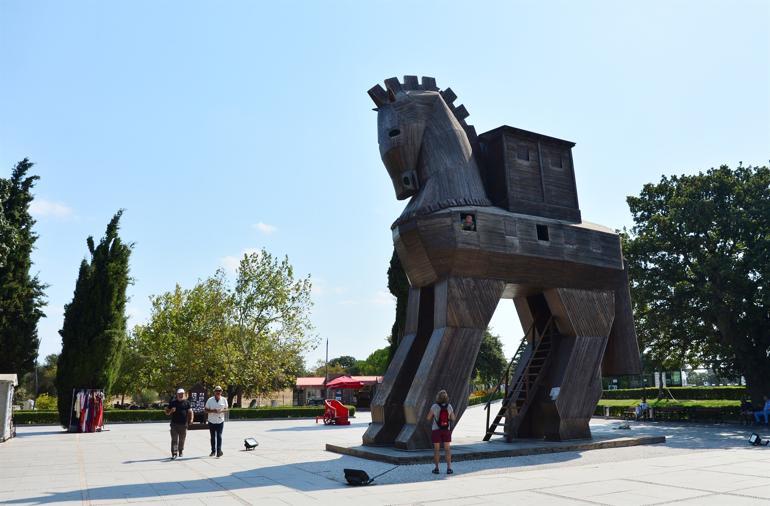
Excavation works carried out in the archaeological site of Troy in the northwestern province of Çanakkale, and the ancient city of Aizanoi in the Aegean province of Kütahya shed light on their 5,000-year-old history, according to a report by state-run Anadolu Agency released on April 29.
The site of Troy has been on UNESCO’s World Heritage List for around 20 years, and Aizanoi, also known as the “second Ephesus,” is inscribed on UNESCO’s tentative list.
“The year 2021 is a very special year for Troy as it is the 150th official anniversary of the excavations,” said Rüstem Aslan, the head of the excavation team in Çanakkale.
Saying that the site has a history of around 5,500 years, Aslan highlighted that the archaeological explorations made during these 150 years shed light on its rich cultural history to the world.
Aslan reminded that the years 2018 and 2019 played a significant role in promoting the historical site of Troy as the country’s Culture and Tourism Ministry announced 2018 as the “Year of Troy” and President Recep Tayyip Erdoğan opened the Troy Museum to welcome visitors in 2019.

“After the opening of the museum, the interest in the ancient city of Troy increased significantly,” Aslan said, stating that they would keep looking to find answers to their questions to throw light on history during their excavations.
The ancient city of Aizanoi, which was added to UNESCO’s World Heritage Sites Tentative List in 2012, in the province of Kütahya is another place of great tourist attraction. Located in a rural area some 50 kilometers away from the center of Çavdarhisar district, Aizanoi hosts more than 60,000 tourists annually.
The complex of Azanoi consists of the Temple of Zeus, a stadium with a capacity of 13,500 people, a theatre, two baths, a market, a sanctuary of Meter Steunene (an Anatolian goddess of Earth), and a necropolis.
It is estimated that some 80,000-100,000 people lived in the city during the Roman era.
Some items from Aizanoi, removed during the excavations, have been put on display at the Archaeological Museum of Kütahya.